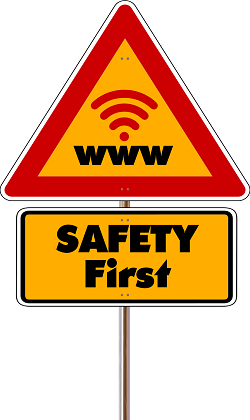 Browse Safely
Browse Safely
You can get infected simply by visiting a malicious website. This is called a drive-by download attack.
Entering your credentials into phishing or non-https web forms can give cybercriminals access to the Mount computer network or to your personal data.
Here are some tips on browsing safely.
Check Before You Click
Hover your mouse over links in emails without clicking to preview the web address (URL) of the link.
If it links to an unfamiliar or strange website, don’t click it.
Only Log in to HTTPS Webpages
Only enter your username and password into web pages using https. http web pages are not encrypted and can be eavesdropped upon, like a postcard.
Avoid Disreputable Sites
Adult and file-sharing/torrent sites have been known to be involved in spreading malware.
Pirated software (as known as warez) from torrent sites will most likely contain a Trojan horse virus.
Before installing a downloaded program, you can test it for viruses using the VirusTotal website which combines the scanning power of multiple antivirus vendors. https://www.virustotal.com/en/
Avoid Free Wifi
Others on the wifi network may be able to eavesdrop on our browsing, and some hackers set up free wifi spots as a way to phish your password.
Consider using a VPN service when using public/free wifi spots, or use your data plan instead.
Note: Mount Wifi is safe to use without a VPN.
Use a Virtual Private Network (VPN) Service
When connecting to untrusted or public networks like in coffee shops, air ports, and hotels, use a VPN service to help protect your privacy. See our VPN Tips page for advice on selecting a trustworthy and reliable VPN provider.